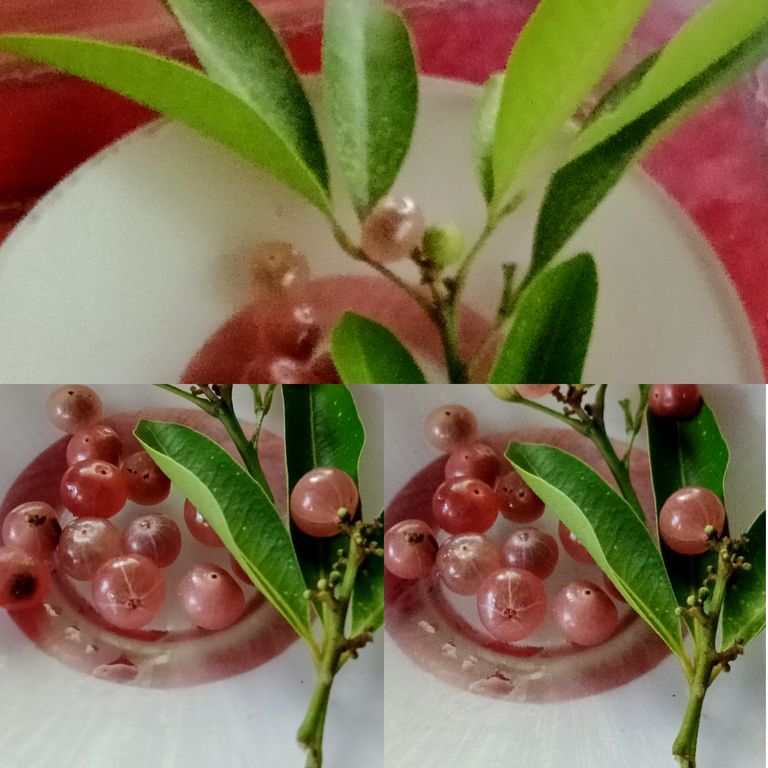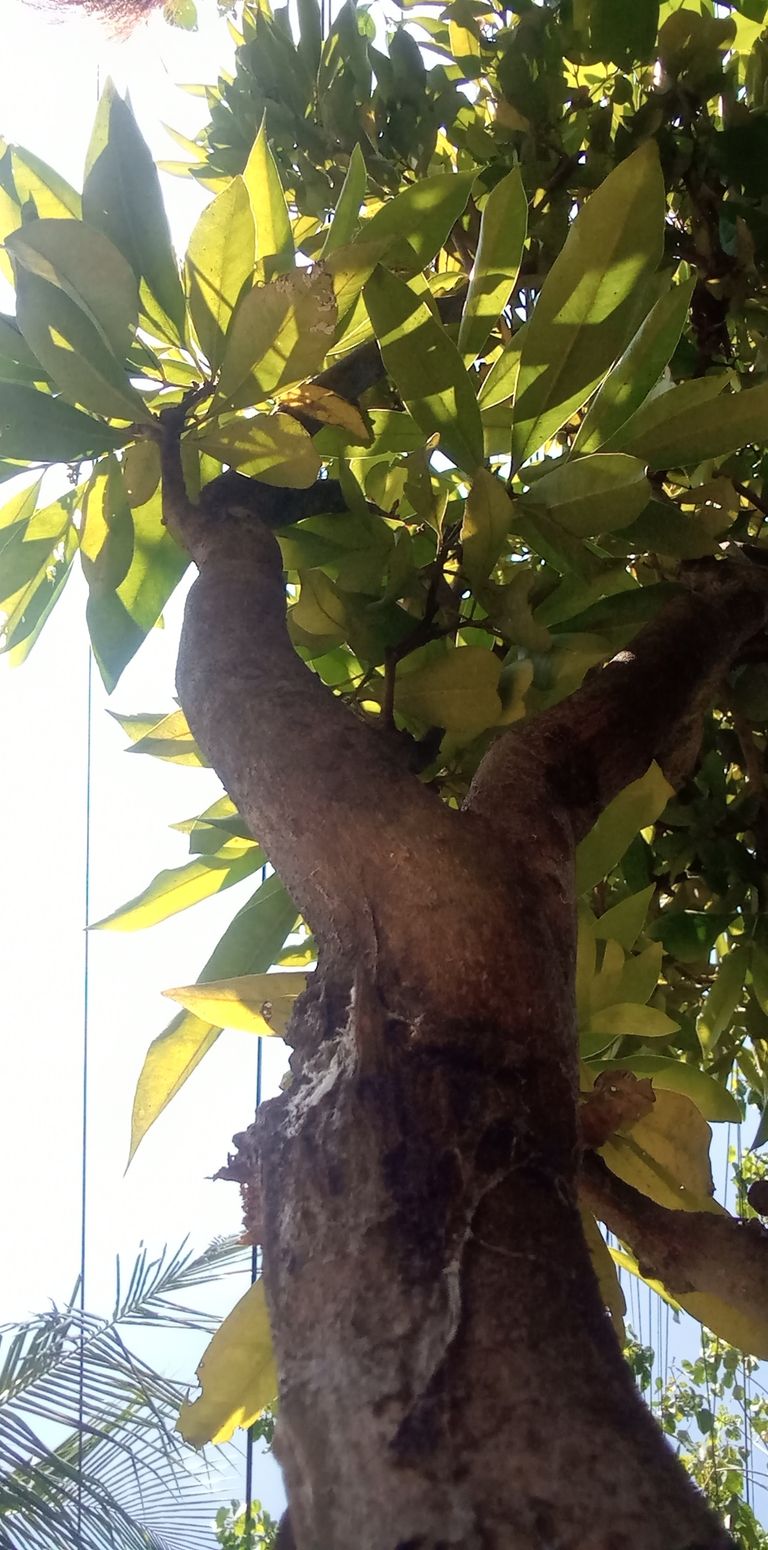
Good day Blurtians!!! Todays Blog is all about this kind of exotic fruit. Here, we called it Amagos and I often saw birds eating this kind of berries.
A Rutaceae family member, it is related to many other Citrus including the Blood Orange and Tango Mandarin, but has a very unique berry-like size and translucent pink color that sets it apart. Bursting with tiny, highly fragrant white flower clusters, these blossoms grow to bear teeny-tiny pink citrus fruits.
Fruits are edible with a juicy spicy flesh with a gin-like flavor. - Bitter juice of leaves used for fevers, liver complaints and intestinal worms, especially in children. - Stems and roots of plant used on ulcers.

Pentaphylla, including its leaves, stems, barks, fruits, and roots are employed for the treatment of cough, fever, bronchitis, chest pain, anemia, jaundice, liver disorders, inflammation, rheumatism, fractures, pain, urinary tract infections, gonorrhea, diabetes, cancer and other chronic diseases.
Gin Berry is a moderate sized shrub that grows up to 1 meter in height. Leaves are imparipinnately compound, alternate, gland dotted and entire. Leaflets are nearly opposite, 7-15 x 2-5.5 cm, elliptic-lanceshaped, narrowed at base, entire to minutely crenulate-sawtoothed on the margins, pointed to round at tip, glandular on both sides, hairless; axis 6-10 cm long; leaflet-stalk about 2 mm long. Flowers are small, white, occuring in panicles in leaf axils. Sepals 5, 1-1.5 mm long, ovate-pointed, fringed with hairs on margins. Petals are 5, white, 4-5 x 2-2.5 mm, obovate, surface gland-dotted. Stamens 8-10, longer and shorter filaments of longer ones about 3 mm long, shorter, about 2 mm long. Disc prominent, annular. Fruits are pulpy, round berries, 1-1.2 cm across, white, turning rose-colored, containing round seeds. Gin Berry is found in the stream banks, wet areas from plains up to 900 m.

Others
- Toothbrush: In eastern Bengal, stems used as toothbrushes for its fibrous nature and slightly astringent and bitter quality.
Studies
• Anthelmintic / Roots: Study showed extracts from G pentaphylla roots showed potent anthelmintic activity on the earthworm, Pheretima posthuma, The methanolic extract showed greater activity than the chloroform extract.
• Hepatoprotective: Study evaluating the hepatoprotective activity of plant materials on Swiss albino rats with liver damage induced by CCl4 showed G. pentaphylla, B orellana, C caja, and C equisetifolia exhibited moderate dose-dependent protective effect evidenced by lowering of serum enzymes and supported by histopathological studies of liver tissue.
• Antibacterial: Study of the methanol extracts of seven medicinal plants, including Glycosmis pentaphylla, showed moderate activity against all the tested organisms.
• Sulfur-Containing Amides / Cytotoxic Against Leukemia Cell Line: Chloroform extracts of G citrifolia and G elongata yielded a triterpene, four sulfur-containing amides (E-dambullin, Z-dambullin, E-methyldambullin and Z-methyldambulin) and two alkaloids (skimmianine and arborinine). The amides were strongly cytotoxic against a T-lymphoblastic leukemia cell line.
• Antioxidant / Leaves: Study showed the extract of leaves of G. pentaphylla and Bauhinia variegata inhibited free radical scavenging activity. The effect was attributed to flavonoids, phenolics and other phytochemical constituents.


Now we learned something new again. Who would have thought that this kind of fruit was very useful when it comes to healing wounds and even internal cancer problems.
So mao na to guys enjoy lang sa pagbasa ig pagkat on sa mga bag.ong nadiskubrehan .Thank you all Blurtians ...please don't forget to follow me for more blogs to share .God bless us all.